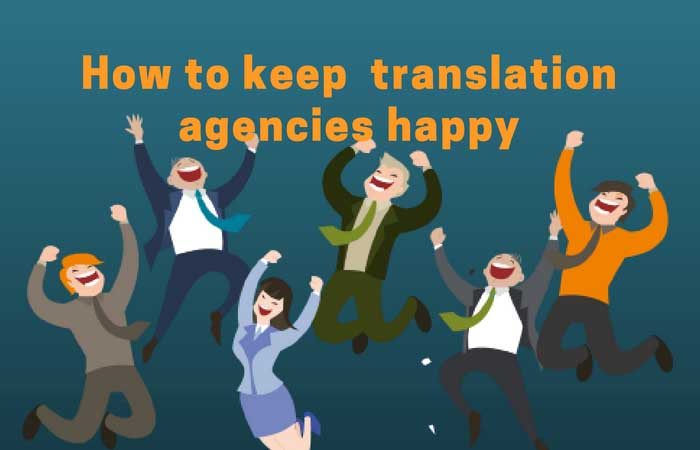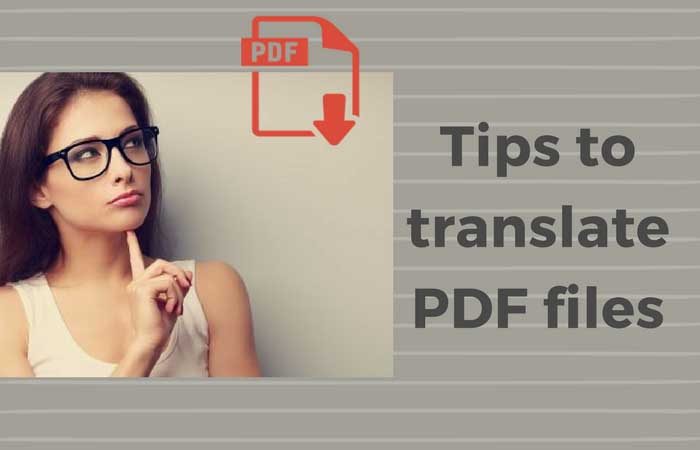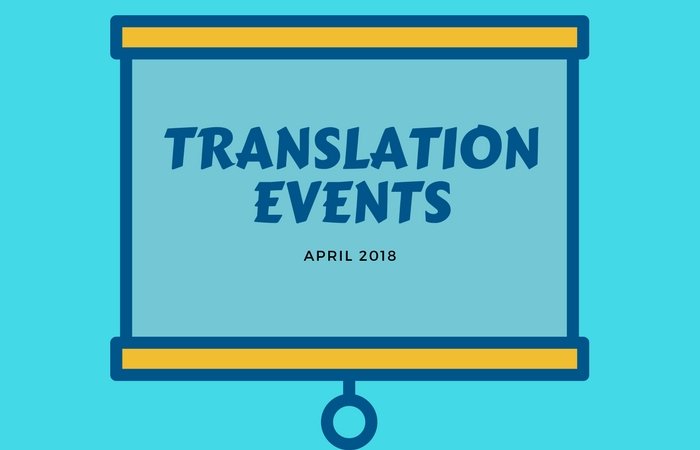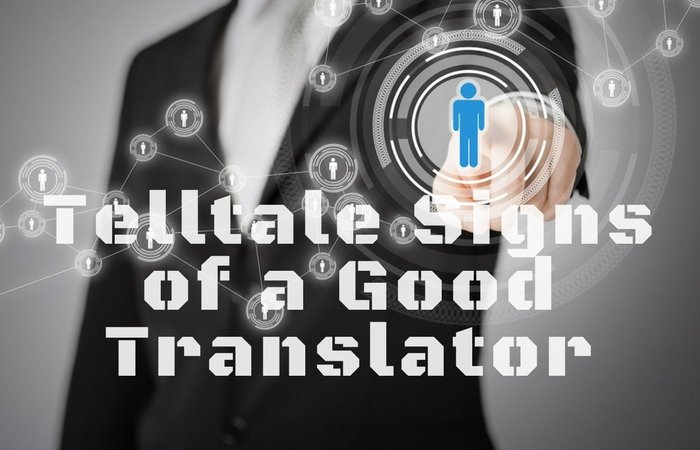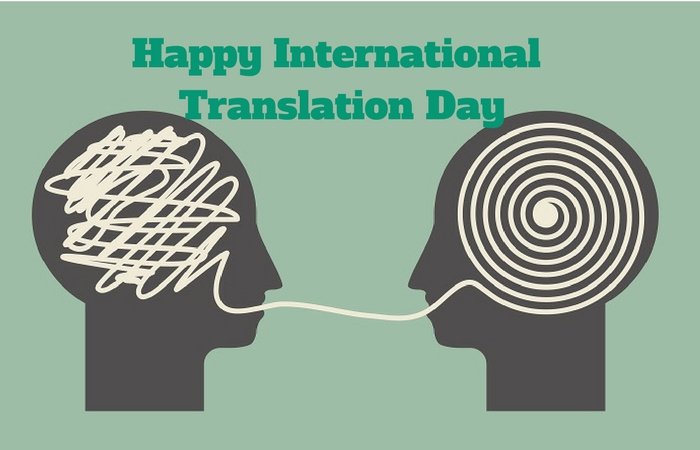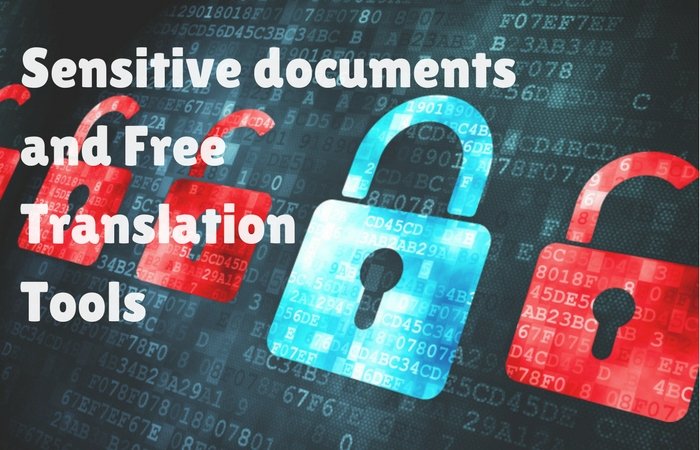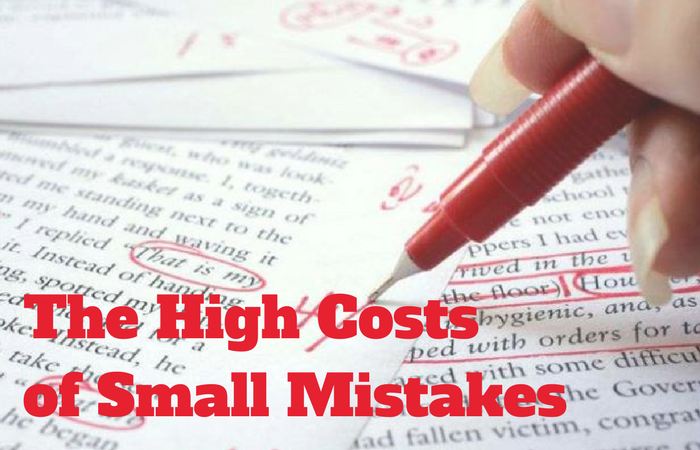In a globalized world with literally hundreds of thousands of professional freelance translators out there competing for work, you’ve got to stand out from your competition. But how can you make sure you get hired again and keep your translation agency happy?
Here are a few tips to make your translation client fall in love with your services.
Ask yourself whether you are a good candidate for the translation
Before accepting a job or potentially wasting your time applying for a job, think carefully about whether you meet the requirements. Do you have experience with the subject matter? It’s better to refrain from translating a document you have no experience in at all than to lose a client when they realize you’ve done a sloppy job. Also carefully consider whether you’re able to meet the deadline.
Answer requests ASAP
Translation agencies count on reliable and readily available translators. If you’re approached by a new client, you will definitely start off on the right foot if you get back to them quickly and professionally. It’s a good idea to make sure that regular clients are able to reach you by providing them with alternative ways of contacting you, such as your WhatsApp or Skype details.
Don’t make promises you can’t keep
Agencies like working with freelancers who are prepared to meet their expectations and follow their schedules. From time to time, you’ll be approached by clients that have specific requirements. For instance, some agencies may need a freelancer to be available five hours per week for ongoing assignments or they may need to know well in advance if you will be available for a project that’s starting in a month’s time. Don’t commit to anything you can’t accomplish. Your client will have a hard time finding another translator if you’re not actually available like you promised and will have second thoughts before hiring you again.
Check files
Prevent unexpected problems. Once you’re sent the files for a translation, open them immediately to make sure that they open properly and that they are the right files. The same is true for translation packages; check that everything is fine, including translation memories. Translators can have heavy workloads and may only realize that there’s a problem with the files when they have just a few hours left to translate them – all because they didn’t take the time to check them when they were received. Also, bear in mind that the translation agency might not be in your time zone so the sooner you report a problem the better.
Check POs
If you’re sent a PO or agreement, verify that the word count and the rate you agreed is correct. Also, make sure to check that the currency is correct. Any discrepancies should also be reported immediately.
Meet deadlines
Remember that when a client says that a translation needs to be delivered by tomorrow, 3 pm ET, you can’t deliver it tomorrow at 6 pm ET. Translation agencies have strict schedules and parallel projects to finish. Most of them have their translations reviewed by another translator and they need time to proofread files and do a quality control before delivery. If you have a problem, notify the agency well in advance of the time you’ll be delivering the translation. Give yourself extra time when you state the new deadline as it would be terrible to miss it twice.
Develop a Quality Assurance (QA) process
Don’t send draft translations. Although translation agencies have their own QA procedures, it’s your job to provide an error-free translation. Many reviewers charge on an hourly basis and it will, therefore, be more expensive for an agency to review a translation that hasn’t been proofread by the original translator. Your QA process should include deleting double spaces, checking the format and, of course, checking the spelling. Don’t change file names, simply add the international langue code at the end. For instance: “name ES.docx.”
Be open to comments
Your job isn’t over when you deliver the translation. The agency will have your translation proofread or checked. You will usually receive the tracked changes and comments. Carefully review all the changes and make sure you reply to all comments. Don’t panic when you receive revisions – all documents will always need a few changes to be made and it doesn’t mean that you’ve done a bad job. If you disagree with a change, say so. Don’t just reply to the email with a “Received. Thank you.” Your project manager needs to know that you’ve read the proofread document and that you agree with all the changes. If you’ve made a glossary, update it for future translations.
Pay attention to invoicing
Prepare your invoice as soon as you finish the project and send it to the contact provided for payments. Some translation agencies require specific information such as the PO, date delivered, etc. Remember to include all the information and specify your preferred method of payment.
Go the extra mile
Translation agencies are sure to keep choosing freelancers who go above and beyond the call of duty. Successful freelance translators are passionate, pro-active and put 100 percent into every single project. If you show your client that you love your work and you make your own suggestions on how to make the project successful, they’ll be impressed.


